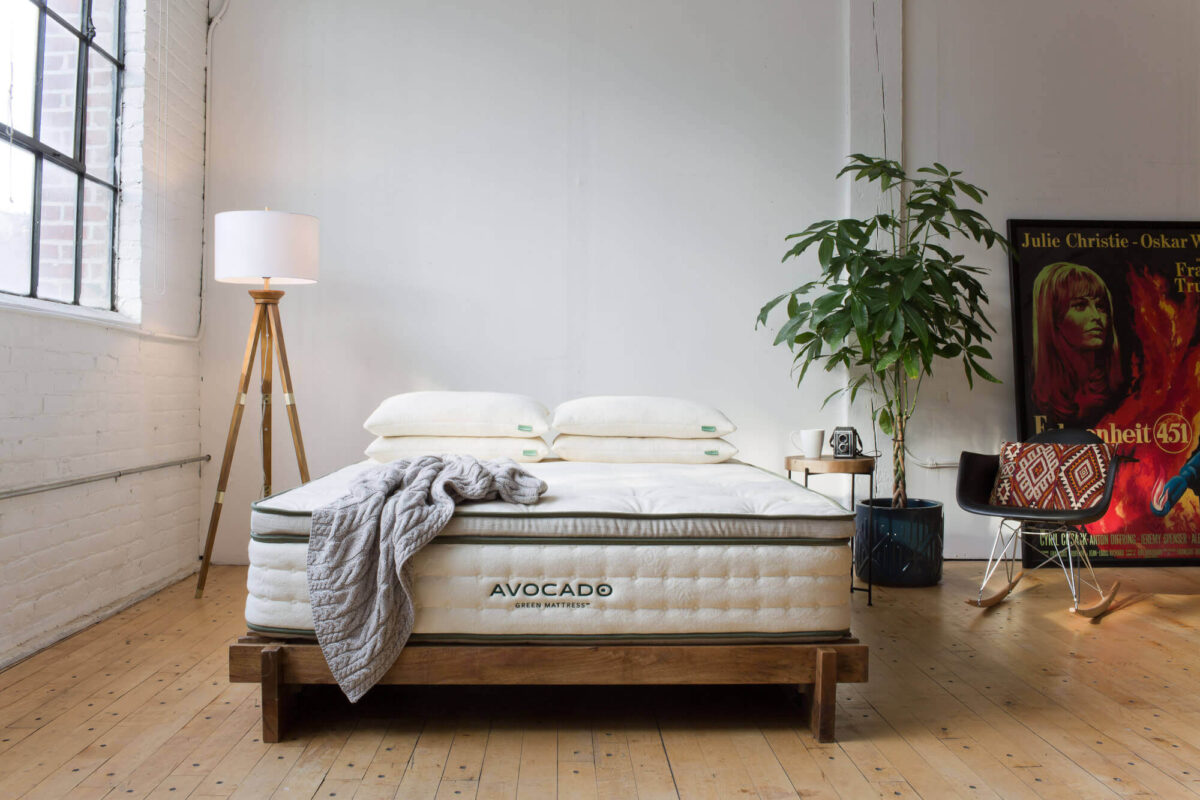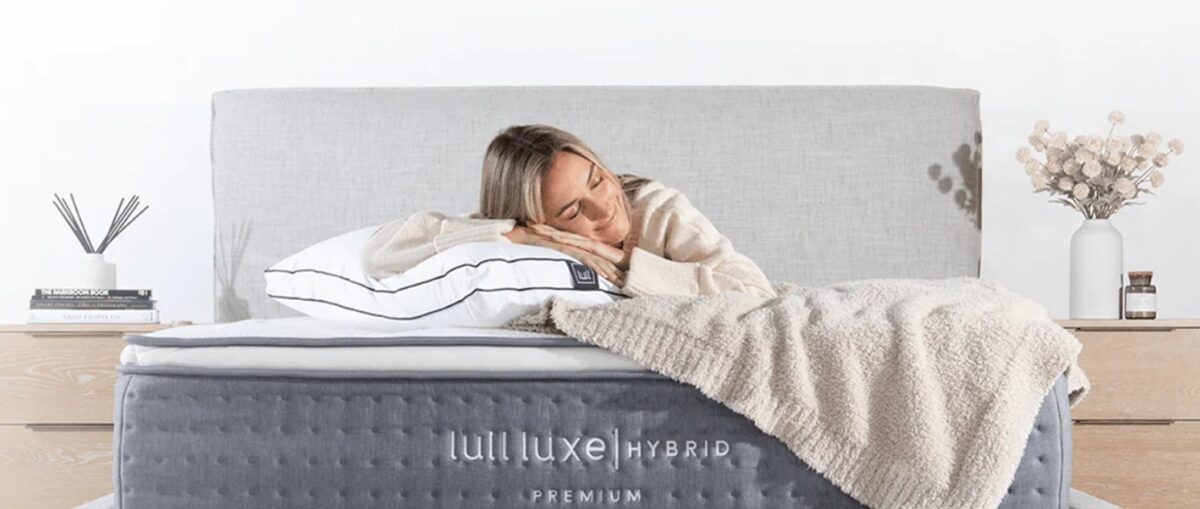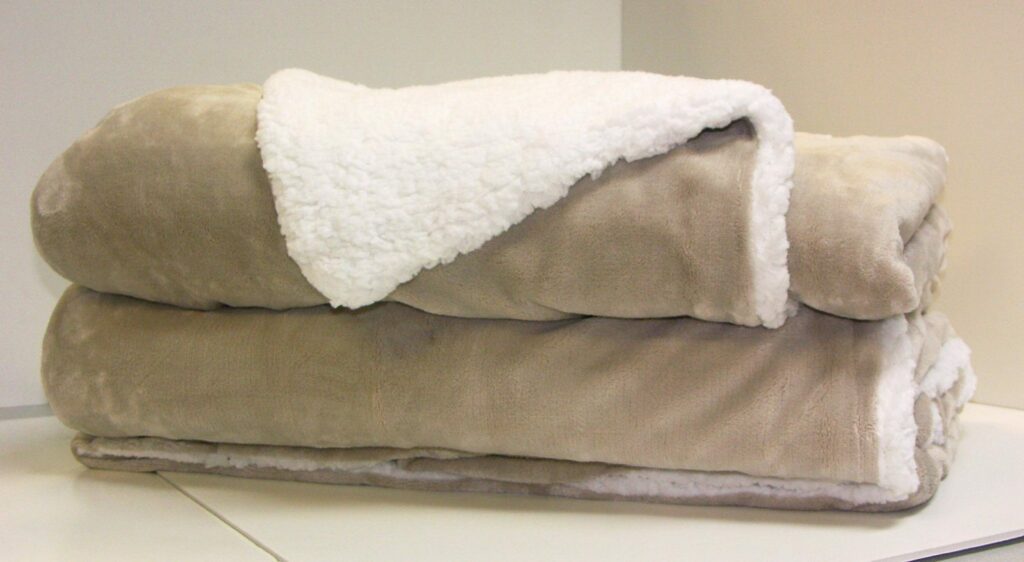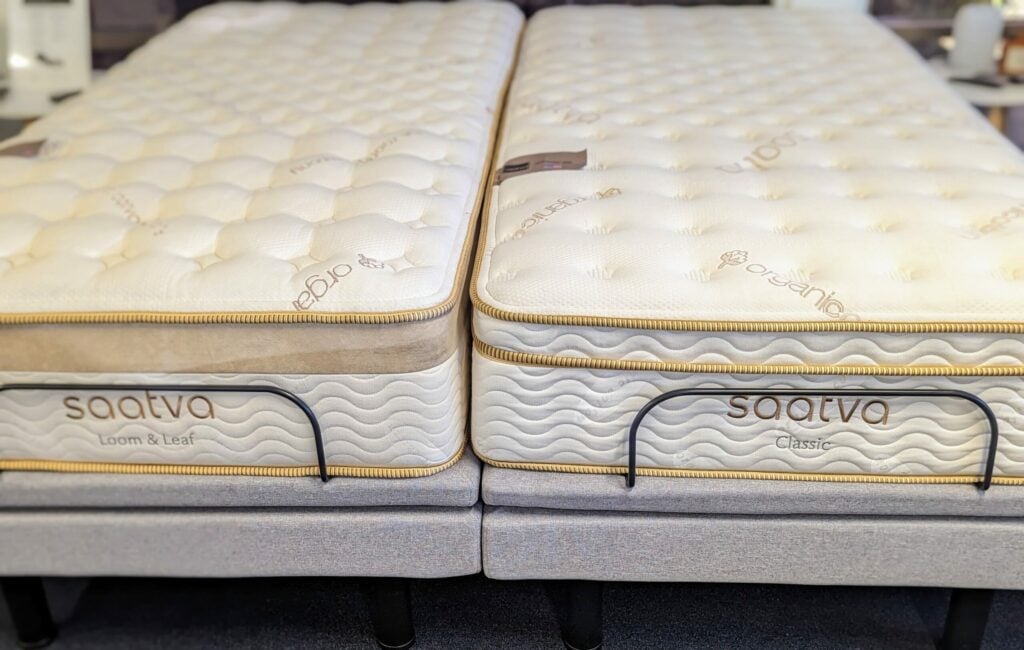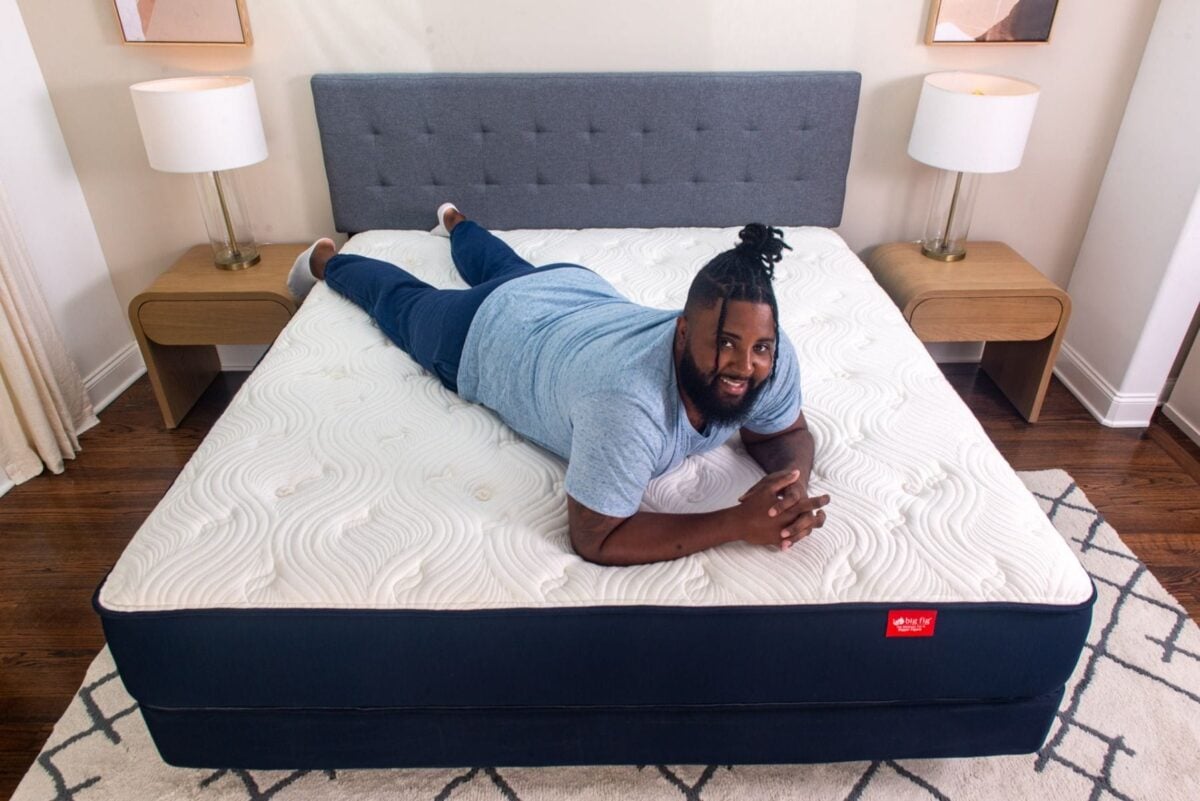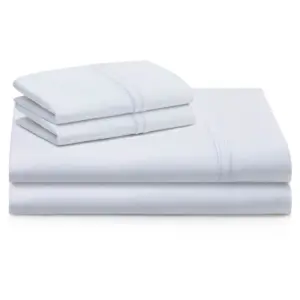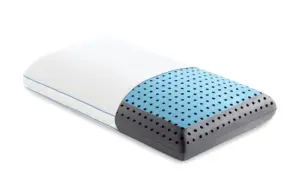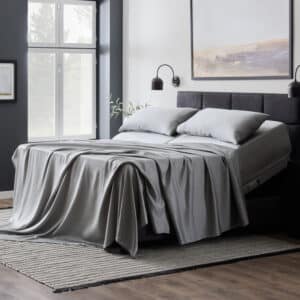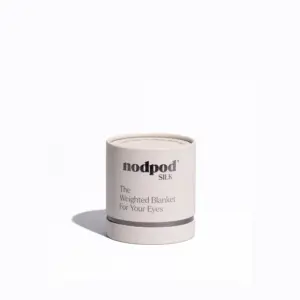Soundproof Your Bedroom: 7 Effortless Ways for Peace
Why Soundproofing Your Bedroom is Essential
If you’re living in a bustling city or battling noisy neighbors, you’re not alone in seeking ways to soundproof your bedroom. Effective soundproofing isn’t just a luxury; it’s essential for crafting a peaceful sanctuary that promotes restful sleep. Here are seven simple yet powerful strategies to help you create a tranquil bedroom environment.
1. Seal Gaps and Cracks
One of the most effective steps in soundproofing your bedroom is sealing gaps and cracks. Even small openings can let in significant noise, disrupting your tranquility.
Use Door Sweeps and Draft Stoppers
Start by addressing the gap under your door. Door sweeps, which attach to the bottom, and removable draft stoppers effectively block sound and air.
– Door Sweeps: An inexpensive addition, they create a tight seal when the door is closed.
– Draft Stoppers: These cushioned barriers sit at the door’s base, convenient for times when you want flexibility.
Apply Acoustic Sealant
This specialized caulk remains flexible after drying, filling gaps where sound may seep in. It’s effective around windows, doors, and even electrical outlets.
Weather Stripping
Weather stripping can enhance your soundproofing efforts. Self-adhesive foam or rubber strips can easily seal the gaps around doors and windows. This not only improves energy efficiency but also minimizes sound intrusion.
By focusing on sealing these gaps, you create the first line of defense against disruptive noises in your bedroom.
2. Upgrade Your Bedroom Door
The type of door you have matters more than you might think. Hollow-core doors offer little resistance to sound. Transitioning to a solid-core door can be transformative.
Install a Solid-Core Door
Solid-core doors are denser and heavier, effectively blocking exterior noise. Although replacing a door may seem daunting, it’s one of the most effective strategies for soundproofing your bedroom. Users have reported significant improvements in noise reduction after this simple upgrade.
Weatherstripping for Added Effect
After installing a solid-core door, enhance soundproofing by adding weather stripping around the door frame. This combination creates an airtight barrier against noise.
3. Soundproof Your Windows
Windows are notorious for allowing sound to infiltrate your bedroom. Tackling this issue is crucial for quieter nights.
Install Double-Pane Windows
Double-pane windows consist of two layers of glass with an air gap in between, acting as a buffer against noise. Besides sound reduction, they improve energy efficiency, keeping your bedroom comfortable year-round.
Use Soundproof Curtains
Thick, heavy materials designed for sound absorption can further mitigate noise. Hang these curtains beyond your window frame to eliminate any gaps.
DIY Window Plugs
For a cost-effective solution, consider making DIY window plugs using foam or soundproofing mats. This allows you to block noise as needed without permanent alterations.
By addressing your windows, you’ll reinforce your bedroom’s defenses against unwanted sounds.
4. Improve Wall Soundproofing
Walls can be a major conduit for noise. Enhanced wall soundproofing can significantly elevate your bedroom’s tranquility.
Install Acoustic Panels
Opt for fabric-wrapped or wood acoustic panels that absorb sound and reduce echo. They provide both functional and aesthetic benefits.
Add Soundproofing Drywall
For a more substantial impact, consider soundproofing drywall or the isoTRAX™ system, specifically designed to minimize noise transmission.
Use Decorative Wall Hangings and Rugs
Utilize thick tapestries or quilts, which not only enhance décor but also absorb sound. Layer rugs in your bedroom to further aid in sound dampening, particularly effective on hard floors.
5. Soundproof Your Floors and Ceilings
Don’t forget floors and ceilings, which can also channel noise.
Use Soundproofing Underlayment
Effective underlayment absorbs impact noise and is particularly useful under hardwood or tile floors.
Install Thick Carpets
Thick carpets can significantly dampen noise. If a full installation feels overwhelming, layering area rugs can provide an immediate soundproofing benefit.
Add Ceiling Insulation
Ceiling insulation helps to block both airborne and impact noise. Pairing effective systems like the isoTRAX™ with high-quality soundproofing insulation can yield remarkable results.
6. Rearrange Furniture for Better Soundproofing
Strategically positioning furniture can serve as an additional noise barrier.
Place Heavy Furniture Against Noisy Walls
Heavy items like dressers or bookshelves can help absorb and block sound. Placing these along walls shared with noisy neighbors can create a noticeable reduction in noise.
Incorporate Soft Furniture and Decor
Adding pillows, blankets, and soft seating can further absorb sound. Items made from natural fibers like wool are particularly effective at dampening noise.
7. Use White Noise Machines and Sound Machines
Finally, consider integrating white noise machines into your environment. They provide consistent background noise that masks disruptive sounds.
Invest in a White Noise Machine
Brands like Dohm offer adjustable options, providing a smooth sound to help lull you to sleep.
Dual-Purpose HEPA Air Filters
These devices clean the air while also producing soothing white noise, effectively covering up unwanted sounds from inside or outside your home.
Conclusion
Soundproofing your bedroom can dramatically enhance your sleep quality and overall well-being. By implementing these simple yet effective strategies, you can create a sanctuary amidst the chaos of daily life.
At Yawnder, we recognize the profound impact of a tranquil sleep environment. Our extensive range of high-quality soundproofing products can assist you in achieving a peaceful bedroom.
Transform your space into the quiet haven it deserves. Explore our selection today, and take the first step toward better sleep and improved quality of life. Invest not just in products, but in your restful nights.


